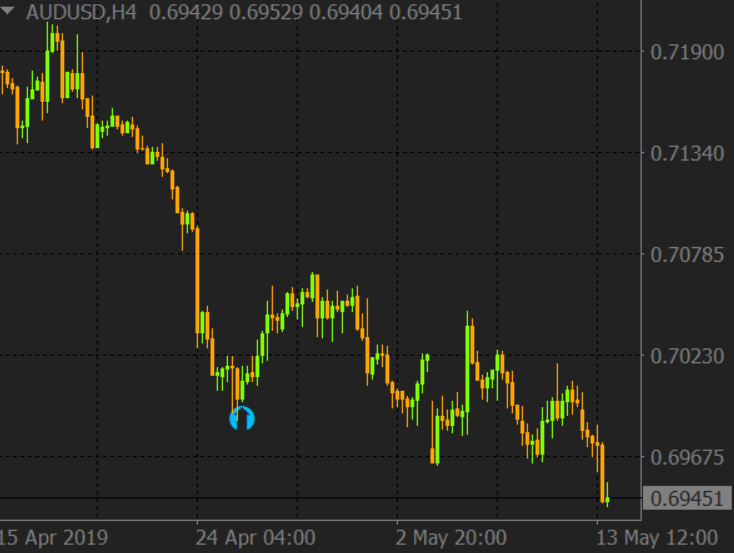In the realm of foreign exchange (FX) trading, developing robust signals is both an art and a science. Traders often grapple with the challenge of integrating diverse macroeconomic indicators into cohesive strategies. Two prominent methodologies have emerged in this context: the straightforward approach of equal-weighted factor averaging and the sophisticated realm of machine learning.
Equal-Weighted Factor Averaging: Simplicity with Theoretical Backbone
This method involves selecting a set of macroeconomic factors—such as inflation differentials, trade balances, and employment rates—and assigning them equal importance. By normalizing these indicators and averaging them, traders can generate signals that are grounded in economic theory. This approach is particularly effective when there’s a strong theoretical rationale for each factor’s inclusion, ensuring that the signal remains intuitive and transparent.
Machine Learning: Harnessing Data for Predictive Precision
On the other end of the spectrum lies machine learning, which leverages algorithms to discern patterns within vast datasets. Techniques like linear regression and random forests can dynamically adjust the weighting of various factors based on historical performance. While this method offers the allure of adaptability and potential for uncovering non-obvious relationships, it also carries the risk of overfitting—where models become too tailored to past data, potentially compromising future performance.
Empirical Insights: A Comparative Analysis
An extensive study spanning from 2003 to 2024 evaluated the efficacy of these two approaches across 16 currencies, encompassing both developed and emerging markets. The findings were illuminating:
- Predictive Power: Both methods demonstrated significant predictive capabilities. However, the equal-weighted approach slightly outperformed machine learning models in terms of consistency and stability.
- Risk-Adjusted Returns: Strategies based on equal-weighted signals achieved a Sharpe ratio of 1.2, indicating robust risk-adjusted returns. Machine learning models, while still effective, exhibited slightly lower Sharpe ratios, reflecting greater variability in performance.
- Market Correlation: Notably, the equal-weighted approach showed minimal correlation with major market benchmarks, suggesting its potential as a diversification tool within broader investment portfolios.
Strategic Implications for Traders
The choice between these methodologies hinges on several factors:
- Data Availability: Machine learning thrives on large, homogeneous datasets. In markets where data is sparse or heterogeneous, the equal-weighted approach may offer more reliable results.
- Theoretical Confidence: If there’s strong conviction in the relevance of selected macroeconomic indicators, equal weighting ensures that each factor contributes meaningfully to the signal.
- Complexity Tolerance: Machine learning models, while powerful, require careful calibration and ongoing oversight to prevent overfitting and ensure adaptability to changing market conditions.
Conclusion: Merging Intuition with Innovation
In the dynamic landscape of FX trading, there’s no one-size-fits-all solution. While machine learning offers exciting possibilities, the enduring value of theory-driven, equal-weighted strategies cannot be overlooked. By thoughtfully integrating both approaches, traders can craft signals that are both grounded in economic fundamentals and responsive to evolving market dynamics.
